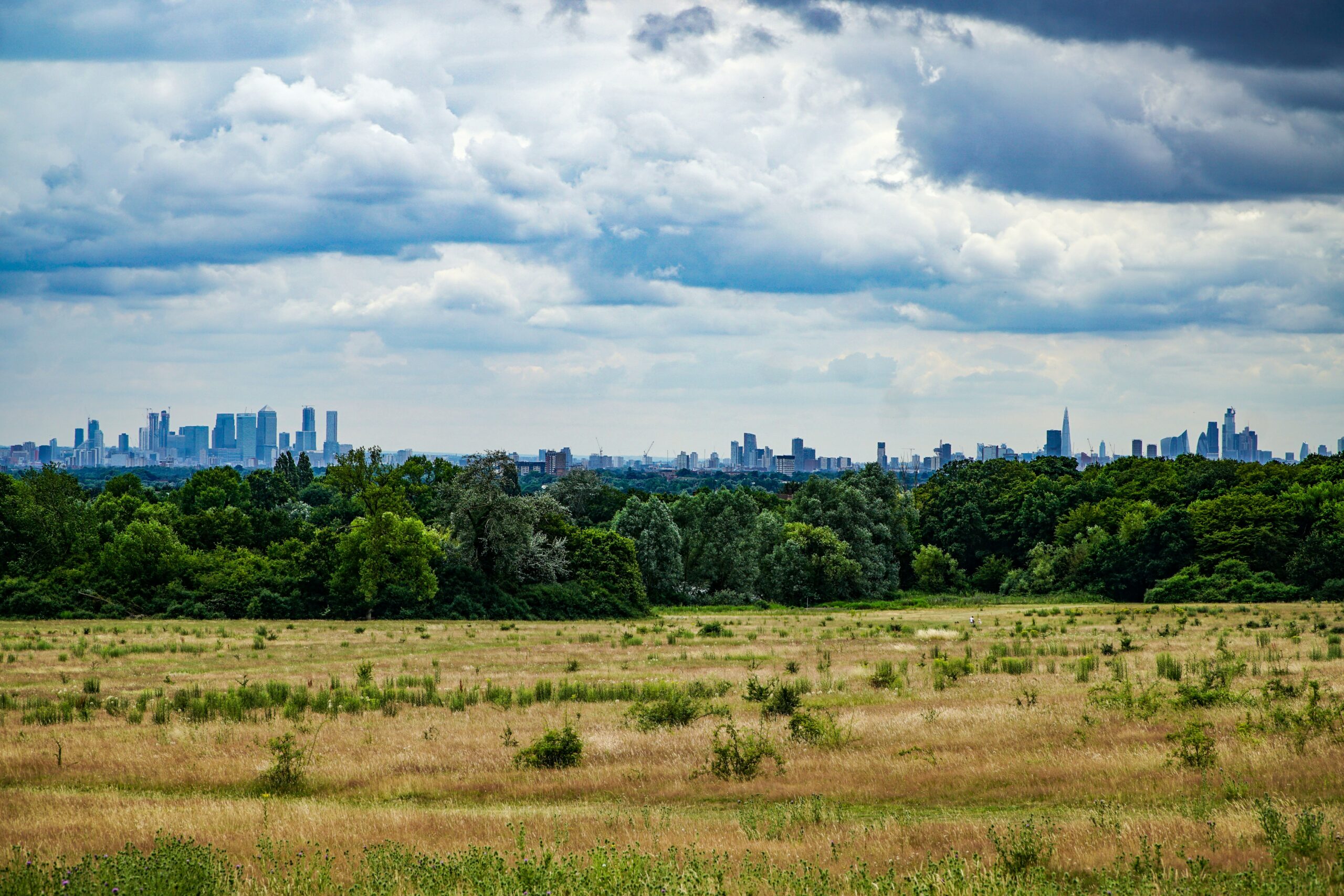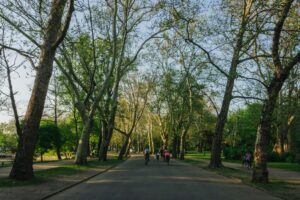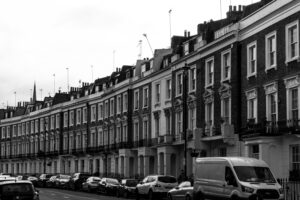Rethinking the Green Belt: What the 2025 London Plan Means for London’s Landscape

As London faces growing pressure to deliver more homes, adapt to climate challenges, and ensure inclusive growth, the Green Belt—long viewed as untouchable—has become a central point of debate. The draft 2025 London Plan proposes a more flexible, strategic approach to how this land is evaluated and used, reflecting both national policy shifts and urgent local housing needs.
Here’s a comprehensive look at the proposed changes and what they could mean for the future of London’s green spaces.
1. A London-Wide Green Belt Review
For the first time, a city-wide review of London’s green belt is being undertaken. The review aims to:
- Assess how well current green belt land aligns with its original purposes, such as preventing urban sprawl and safeguarding the countryside.
- Identify ‘grey belt’ areas—land that may no longer provide significant environmental or social value.
This marks a shift from blanket protection to a more evidence-led approach.
2. The Rise of the ‘Grey Belt’
The concept of the grey belt is emerging as a pivotal tool in land-use planning. These are parts of the green belt that:
- Have been previously developed,
- Are underused or degraded,
- No longer serve core green belt functions effectively.
Instead of being locked away from development indefinitely, grey belt areas are being reassessed for potential use—particularly for housing, jobs, and infrastructure—while ensuring sustainability and public benefit.
3. Strategic Urban Extensions
The plan opens the door for large-scale new settlements—those delivering 10,000+ homes—in specific green belt locations that are:
- Well-connected by public transport,
- Capable of delivering high-quality, sustainable communities.
These developments must meet the government’s ‘golden rules’:
- Provide a high level of affordable housing,
- Include green space and deliver biodiversity net gains,
- Support active and sustainable travel.
This policy enables thoughtful growth, not sprawl.

4. Infrastructure and Environmental Enhancements
If green belt land is to be developed, the benefits must be shared broadly. Any such development must:
- Improve green infrastructure, not degrade it,
- Include publicly accessible parks and open spaces,
- Help achieve targets set out in the Local Nature Recovery Strategy (LNRS).
This ensures that environmental integrity is preserved, even as land use evolves.
5. Metropolitan Open Land (MOL) and Golf Courses
While Metropolitan Open Land (MOL) has similar protections to green belt land, it is being treated separately in the new plan. Key points include:
- Poorly used MOL, such as underused golf courses, could be considered for release—only if the result is better public access and biodiversity outcomes.
- MOL will be excluded from general green belt reviews, protecting its distinct role in London’s open space network.
This approach protects valuable green space while unlocking land that offers little public benefit.
6. A Bold Affordable Housing Commitment
A central pillar of any green belt release will be affordable housing. The draft plan proposes:
- A 50% affordable housing requirement for green belt developments—significantly higher than existing benchmarks,
- A strong focus on social rent homes, helping address London’s acute affordability crisis.
The message is clear: any development on protected land must serve a clear public need.

7. Integrated Planning Across Strategies
Green belt changes won’t happen in isolation. They will be coordinated with:
- Transport infrastructure plans to ensure connectivity,
- The Green Infrastructure Framework and LNRS for nature recovery,
- National efforts like the New Towns Taskforce, ensuring alignment with broader housing strategies.
This integrated approach ensures that green belt evolution is part of a coherent vision for growth.
Summary at a Glance
| Policy Direction | Detail |
| Green belt review | Identify and assess ‘grey belt’ land for sustainable development |
| Large-scale extensions | Only where well-planned, affordable, and nature-enhancing |
| Public benefit | Must improve biodiversity, open space access, and transport connectivity |
| Affordable housing | Minimum 50% affordable homes, prioritising social rent |
| MOL protection | Distinct from green belt, with cautious, case-by-case assessment |





